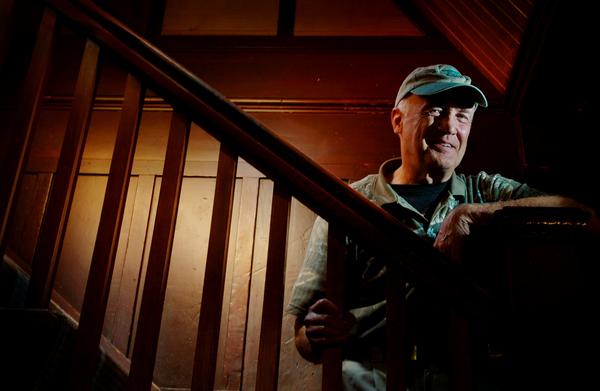Chances are nanomaterials are starting to show up in many of the objects of your daily life, without you even knowing it. The products of the tiniest technology can be found in power tools and paint, bath towels and batteries, sunscreen and suitcases, beer bottles, refrigerators, plastic wrap and more than 1,000 other items.
Yet questions are starting to arise about the increasingly pervasive incredible shrinking world of technology. We already know computers get smaller, faster and cheaper every year. But now everyday materials are getting infinitesimally smaller.
Scientists working in nanotechnology are making objects at a molecular level – motors that can only be seen through a microscope, chemicals that change the makeup of a lotion, or a garment or a medicine, yet are invisible to the naked eye.
While many of these advances are hailed as the next great thing in technology, and something that will improve people’s quality of life for generations to come, some groups and researchers are starting to sound alarms about the potential unintended consequences of nanotechnology.
“The jury is still out on the environmental and health hazards associated with nanotechnology,” says Roger Roberts of San Rafael, a retired banker and the former president of the Marin Conservation League.
“It’s got lots of potential, of course, for delivering medicines of various purposes because it will go through membranes and the like, but who knows what the long-term effects would be if this got into the environment and got into the food chain? It might be equally insidious to mercury, who knows?” he says.
“And the studies haven’t been done to understand the risks. Until we understand the risks, we ought to be very careful with how we proceed with nanotechnology.”
That’s a concern more and more people are expressing.
Nanomaterials have been around for ages, both in nature and as a byproduct of industrial processes. But nanotechnology – making and manipulating those tiny materials so they can do new things – is a more recent development.
And a few people with North Bay ties are among those working to make nanotechnology accessible to all.
One is physics professor Alex Zettl, who grew up in Marin and is one of the founders of Emeryville-based Nanomix, which is developing nanotechnology sensors to monitor air, water and soil quality. Zettl heads a team of nanotech scientists at the University of California at Berkeley. Nanotechnology, he says, is “not just a flash in the pan.”
According to a new study by the nonprofit Woodrow Wilson International Center for Scholars in Washington, the Bay Area has become the nation’s hot spot, with a 10th of the 1,218 companies, universities and other entities in the country working in nanotechnology in or near Silicon Valley.
More than 1,000 products on the market already incorporate some nanotechnology, and the value of nanotech-enabled products worldwide is estimated to hit $254 billion this year, according to market-intelligence firm Lux Research.
According to a new study by the nonprofit Woodrow Wilson International Center for Scholars in Washington, the Bay Area has become the nation’s hot spot, with a 10th of the 1,218 companies, universities and other entities in the country working in nanotechnology in or near Silicon Valley.
More than 1,000 products on the market already incorporate some nanotechnology, and the value of nanotech-enabled products worldwide is estimated to hit $254 billion this year, according to market-intelligence firm Lux Research.
